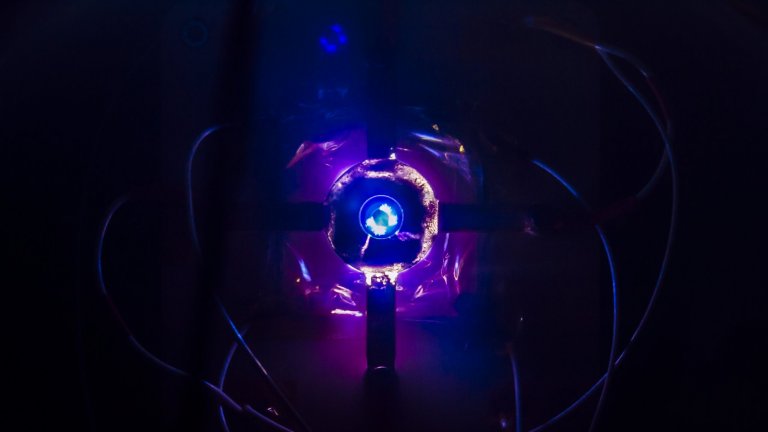
© Cyril FRESILLON / ICARE / CNRS Images
View the mediaFolder
Energy research is at the heart of present and future societal challenges. Their challenges are to meet the growing demand for energy, move towards cleaner and more sustainable sources, reduce environmental impacts and make energy available for all.

© Cyril FRESILLON / ICARE / CNRS Images
View the mediaScientists are exploring renewable energy sources such as solar, wind, biomass and hydroelectricity, seeking to optimise their capture and/or storage. Advances in battery and energy storage technologies play a crucial role in managing intermittent sources. Research on hydrogen as an energy vector is focused on producing it using low-carbon sources (nuclear, renewables), as well as its storage and use for transport.
Energy efficiency research aims to minimise energy losses throughout the chain, from production to consumption. The studies focus on intelligent distribution systems, low-consumption buildings and energy-efficient transport.
Advances in materials and chemistry are enabling the development of more efficient and sustainable technologies, including high-efficiency photovoltaic panels, materials for carbon capture and storage, and catalysts for cleaner energy processes.
Energy research also includes digital modelling for energy management, economic analysis and energy policies. Scientists assess the environmental, economic and social impact of different energy options, helping to guide strategic decisions.
Discover through images the extent of the research being done by CNRS laboratories in the field of energy.
Keywords: energy, innovation, low-carbon, decarbonisation, hydrogen, storage, battery
Our work is guided by the way scientists question the world around them and we translate their research into images to help people to understand the world better and to awaken their curiosity and wonderment.